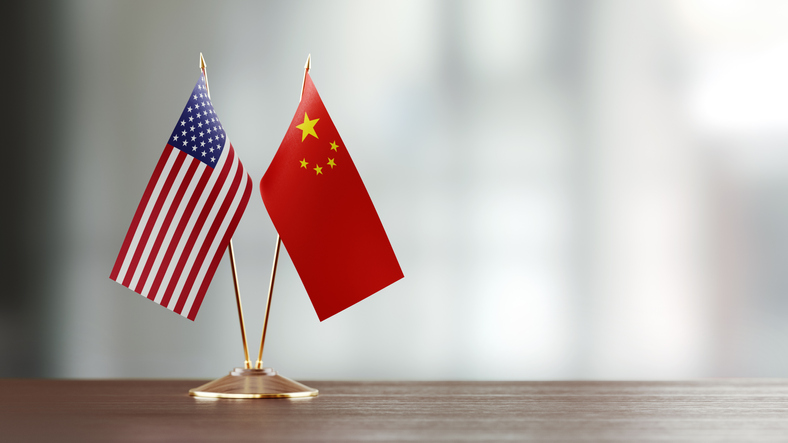
The key, this commentary argues, is currency manipulation.
Rob Scott of the Economic Policy Institute has written about currency manipulation for some time. Observing the Trump administration’s trade negotiations with the Chinese government, he writes:
In the 2016 campaign, candidate Trump took dead aim at China’s perennial currency undervaluation. It’s a longstanding problem for America’s manufacturers since it has allowed China to keep selling goods in the U.S. market at artificially low prices.
In fact, the president actually vowed to designate Beijing as a currency manipulator early in his presidency. But since taking office, Donald Trump has never actually cited China or any other country on currency.
Instead, what the president has done is impose 10 percent tariffs on more than $200 million worth of Chinese imports. It’s a necessary step, given the egregious list of predatory practices — including hacking, espionage and cyber theft — documented in a lengthy trade investigation of China’s state-owned enterprises.
Here’s the problem, though. Since April 2018, Beijing has reduced the value of its currency by 10 percent against the dollar, and that has more than offset all of President Trump’s tariffs. As a result, the U.S. trade deficit with China keeps climbing.
It’s true: The Trump administration has refrained from calling a spade a spade. Read Scott’s entire opinion here.
